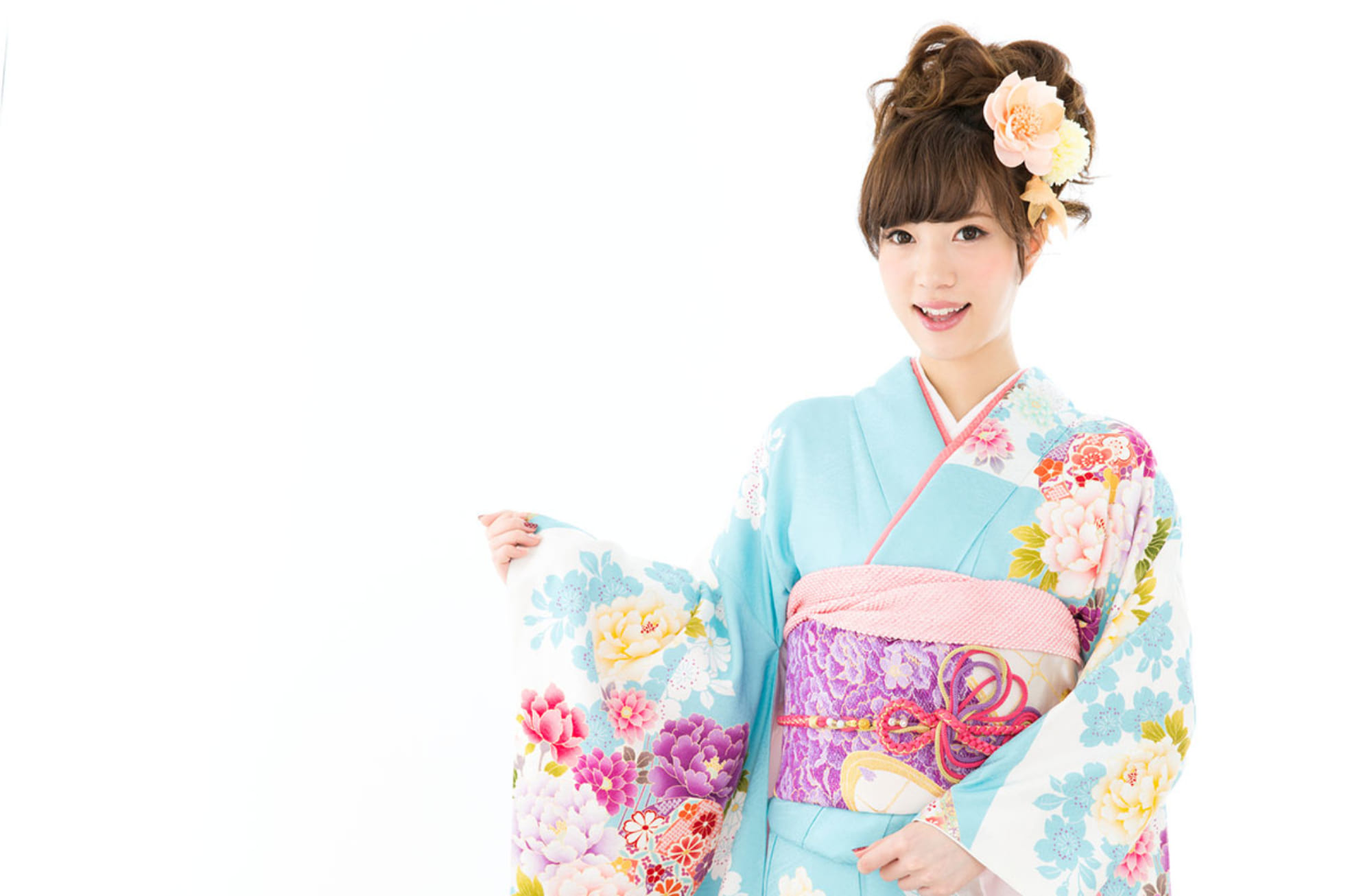Nishiki ori ( brocade weave )
Nishiki ori is an iridescent woven fabric that changes color when viewed from different angles. After the design (mon isho zu) is made, it takes over 10 different steps to create the final product.
Unlike modern woven fabric where the pattern is woven on the weft, in Nishiki ori, both the background and the pattern is woven in triplicate so that the threads cannot be seen at the back of the fabric. Evidence show that Nishiki (brocade) was brought from China, but tate-nishiki believed to be made in Japan was handed down to Horyu-ji during the Asuka period. Tate-nishiki is limited by the number of threads in the wrap, so the number of colors are limited. Yoko-nishiki was developed later, which allowed many colorful designs to be made. In China, it can be seen that tate-nishiki was from the Han dynasty and yoko-nishiki was from the Sui dynasty. Tate-nishiki was used to make altar cloths in Buddhist temples from the Asuka period, including Horyuji. Many fabrics bearing Chinese patterns can be seen in Shosoin in Todai-ji . Tate-nishiki and yoko-nishiki are 2 of the12 Nishijin ori techniques designated as Japanese traditional crafts.
[quote style=”boxed”]In Japanese
錦織
光の織物とされ玉虫色に角度や見方で色が変化します。紋意匠図といわれる下絵に十以上の工程を経て出来上がります。現代の織物の多くが緯糸で模様を表すのに対し、経糸で地色と模様の部分を三重にして織り上げていくので裏目にも糸が出ないことも特徴のひとつです。
錦は中国から伝来したものが中心であったことが遺跡などからも推測されていますが、国産と思われる経錦が法隆寺に伝来したのが飛鳥時代です。経錦は、経糸の数が限られていることから色数も限定されますが、その後色数を多くして多彩多様な模様を作ることができるぬきにしきともいわれる緯錦 よこにしき が考案されました。中国の漢代に経錦、随代に緯錦の技法がみられました。経錦は飛鳥時代から仏殿などに用いられ、机や台を覆う敷物として法隆寺に伝わっており、緯錦は東大寺正倉院に唐花模様の染織品などが多く残されています。
伝統工芸品の指定を受けている京都西陣織の十二品目に、経錦、緯錦もあります。
[/quote]
